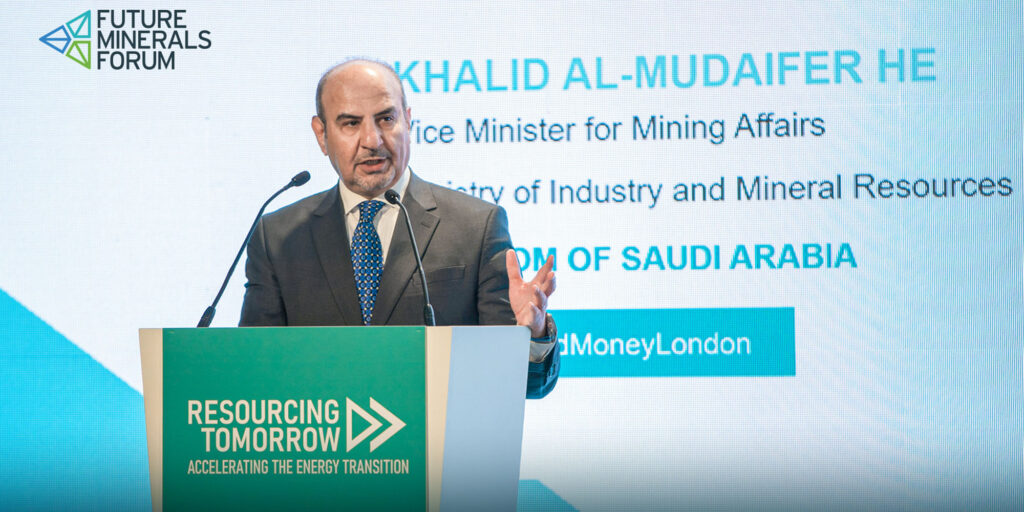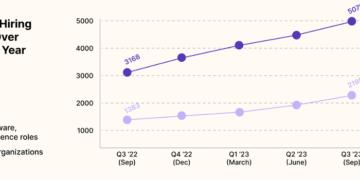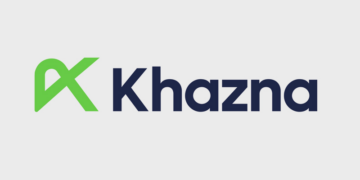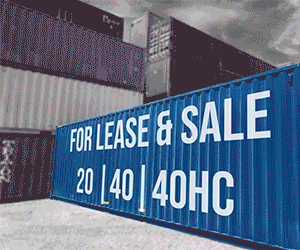Top Saudi Minister lays out the case for urgent investment in minerals

International delegates and global mining investors attending the recently concluded London’s Mines and Money Conference heard how Saudi Arabia is arguing that the energy transition from hydrocarbons to renewables is opening the path for it to become a global leader in the sustainable and innovative production of minerals and metals, especially since a vast, new and largely untapped minerals super-region is emerging, stretching from Africa to central Asia.
Khalid Al-Mudaifer, Vice-Minister, Mining Affairs, Ministry of Industry and Mineral Resources, in a keynote address at the event stressed that minerals are indispensable to the energy change to renewables:
“Decarbonization, the net-zero transition, cannot happen without minerals and metals: a lot of minerals and metals. We need to scale up discoveries and we need to scale up production. The World Bank says that by 2050 the production of minerals such as graphite, lithium, cobalt and copper needs to increase by nearly 500% to meet the future demand for clean energy technologies,” asserted the Minister
To achieve a ‘below 2°C increase’ future, the World Bank estimated that more than 3 billion tons of minerals and metals are required for the necessary wind, solar and geo-thermal power, and energy storage.
Mining advances
The Ministry highlighted the advances which Saudi Arabia has already made in its mining industry. The significant potential for KSA largely lies in precious and base metals—including gold, zinc, copper, and silver in addition to a few specialty metals such as niobium and tantalum.
In terms of phosphate fertilizer production alone, the Kingdom has already become the world leader. Estimates for total phosphate reserves vary from approximately 2.3bn to almost 7.3bn tons. The total in-situ value of this phosphate resource is estimated between US$ 102.4bn and US$ 321bn.
The Vice-Minister further pointed to important projects such as the Kingdom’s work in hydrogen, with KSA creating the largest green hydrogen plant in the world. Eight months ago, it announced a US$ 5bn project that is expected to produce up to 250,000 tons by 2026.
Economies of scale are needed to make new green technologies such as hydrogen cost-competitive compared to conventional technologies, with costs needing to be cut by 50%.
Green hydrogen
A McKinsey consultants’ report published last week makes the case that an oil-rich country like Saudi Arabia can lead in green hydrogen. Saudi Arabia says that it is ripe for investment, not only in its Arabian Shield region but also to help spearhead minerals extraction in the super region:
HE the Vice-Minister renewed invitations for delegates to attend the powerhouse second edition of the Future Minerals Forum to be hosted in the Kingdom’s capital Riyadh in January 2023, championing the future of mining, attracting massive investment, and building solid partnerships in Saudi Arabia and throughout the mining super region that stretches from Africa to Western and Central Asia.
The Forum launches on 10 January 2023, with an influential Round Table consisting of Government Ministers and their representatives and is followed by two days of a conference and exhibition attended by 6,000 delegates.
Want to stay updated on the latest industry news and trends? Subscribe today to receive your monthly news highlights directly in your inbox!











